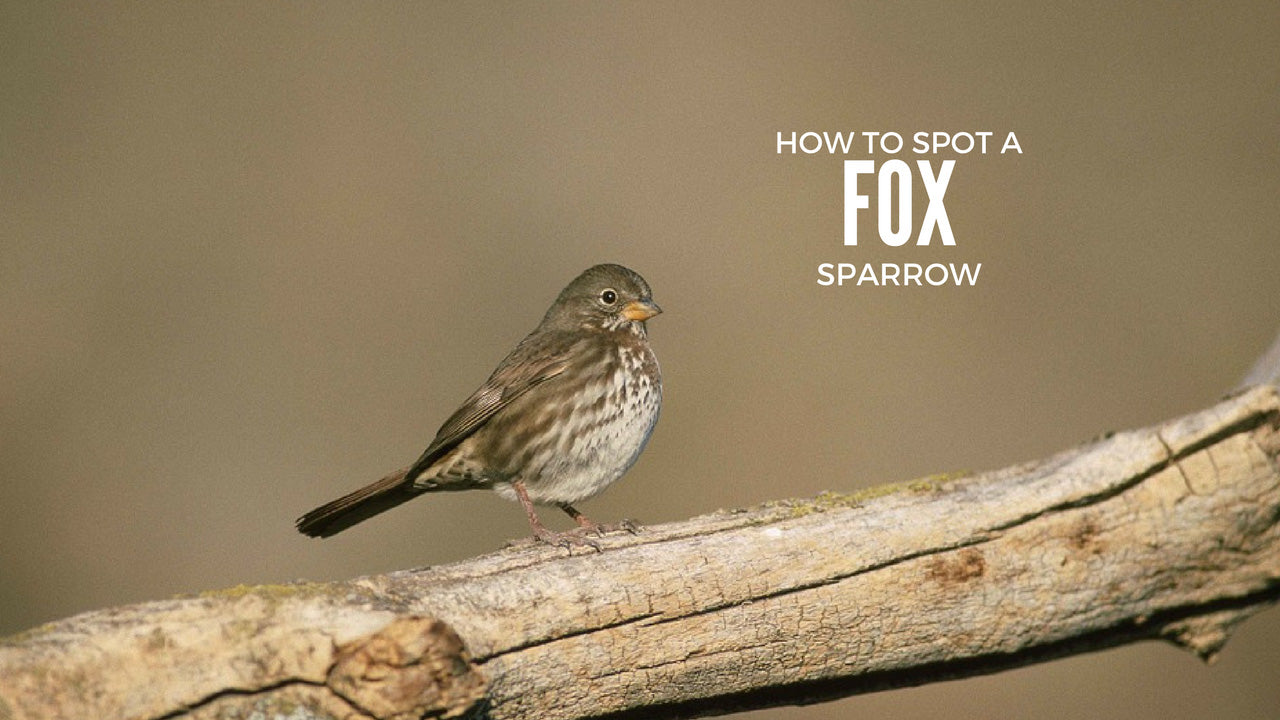Offer
Provide additional details about the offer you're running.
Provide additional details about the offer you're running.
Provide additional details about the offer you're running.

A hearty sparrow that calls the northern portion of much of Canada and most of British Columbia home for the summer breeding season now might be the best time to catch a glimpse of one heading through the Ottawa area.
Making their way north from their wintering grounds scattered throughout the southern United States and parts of western Mexico, the fox sparrow is a joy to behold. Referring to the bird’s bright fox-red colouring, the fox sparrow can often be found feeding on the ground scratching around in the leaf litter in somewhat of a dance to find food.
Dining on seeds and weeds primarily, these large sparrows will, however, consume a plethora of insects this time of year as they prepare for the breeding season and the continuation of their journey to the northern reaches of Ontario. In the coastal regions of both eastern and western Canada, these birds can often be found ‘kicking’ around the shores in coastal areas feeding on small crustaceans.
As they arrive in their breeding range, males will belt out their delightful and lively song as they defend potential nesting territory. The males also have the tendency to get aggressive toward competing species as well as other fox sparrows.
The females will create nests low to the ground, often found in shrubs or small trees and after their eggs hatch, both the mother and father will participate in feeding their young.
Even though these birds are large as far as sparrows are concerned, they are susceptible to predation as they are hunted regularly by merlins and Steller’s jays as well as mammals such as weasels, chipmunks, and snakes who tend to take a liking to these bird’s eggs while in the nest.
While fox sparrows are generally quite abundant, populations have been noted to have declined by roughly 51 percent between 1966 and 2015, according to the North American Breeding Bird Survey. Estimates peg global breeding population of fox sparrows to sit somewhere in the 20-million-member range.